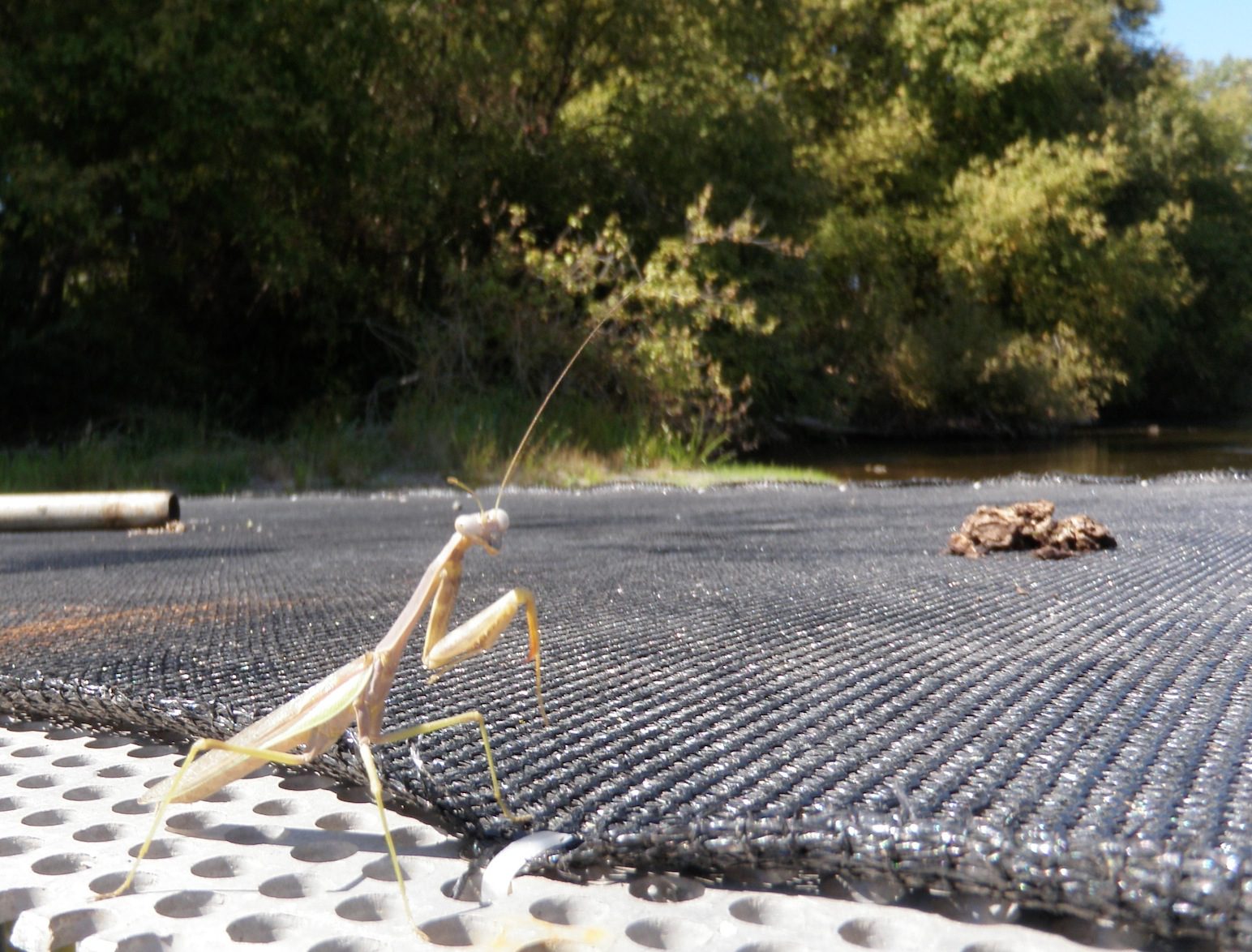Friday April 3, 2015

On some trips to the field you find something you just don’t egg-spect. A keen-eyed technician was able to capture this egg-cellent close up of a unique stage in an insect’s reproductive cycle. The object affixed to the twig in the photo above is a mantis egg case. Mantids are oviparous, which means their young grow in eggs outside the female’s body. This structure, also known as an ootheca (referenced in Praying for a Close-Up), is a mass created by female mantids and several other insect species. Oothecae are comprised of a frothy, protein-rich substance that eventually hardens to form the protective housing in which eggs are deposited. These honeycomb-like structures offer protection from the elements and predation for the hundreds of young mantises housed inside.

When the eggs finally hatch, the young produced are referred to as nymphs. Mantises, like various other insects species, demonstrate incomplete metamorphosis, meaning nymphs are essentially just a smaller version of the adult form. This differs from complete metamorphosis in that it excludes both the larval and pupae life-stages. Typically, nymphs have more fragile exoskeletons and lack the wings of their adult form. A nymph will shed its exoskeleton through numerous molts until it finally matures into its fully adult life-stage. With the spring in full swing, these juvenile mantids should be close to emerging. Oothecae are usually constructed in the fall and winter, and the young take between three and six months to develop. So if you find yourself near these interesting structures, a tiny mantis might be egg-xactly what you find.
